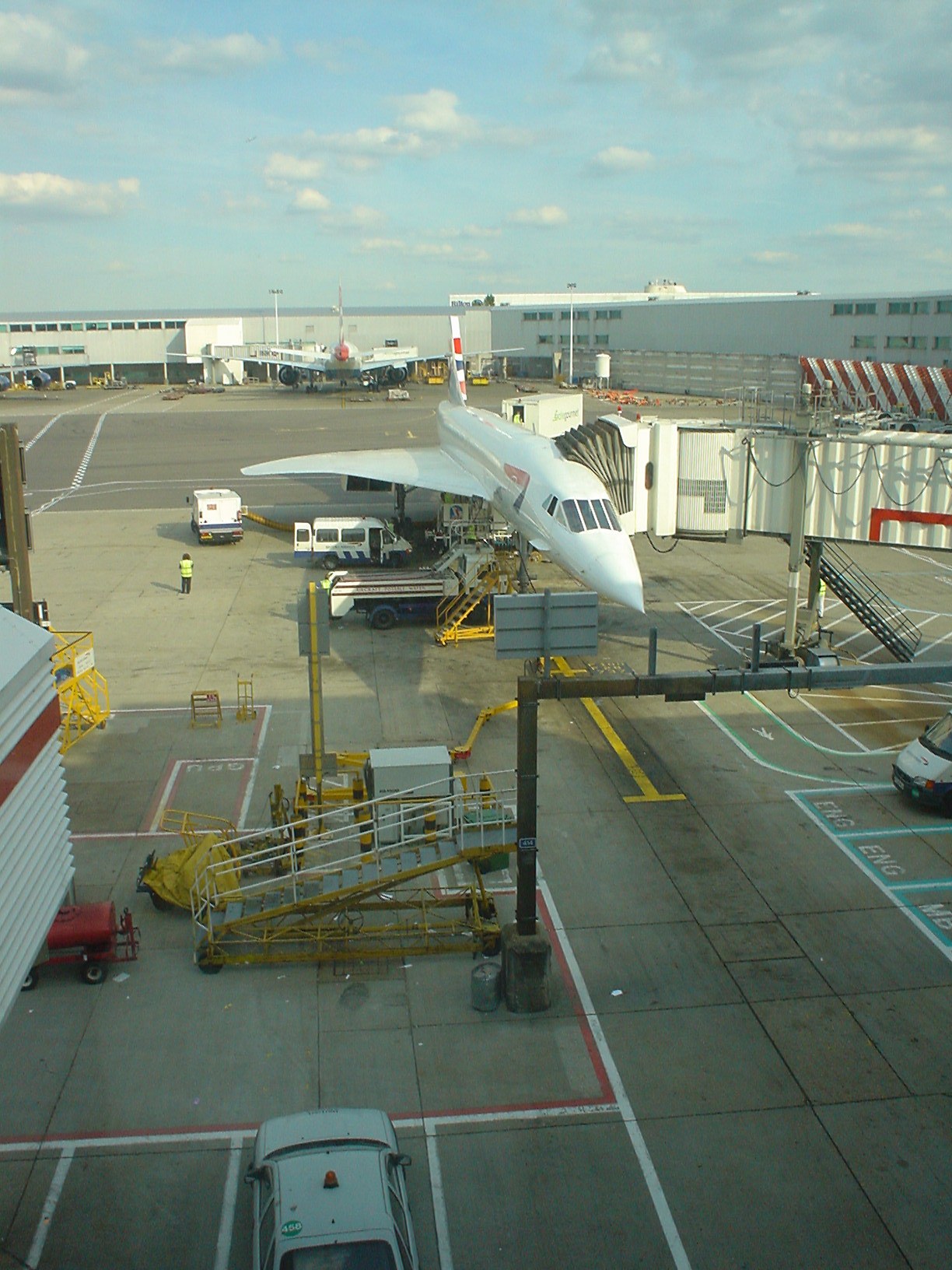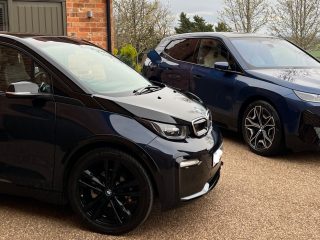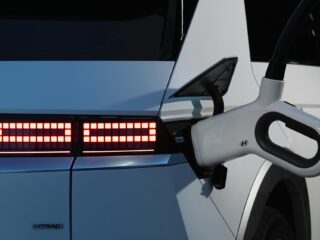Two decades ago, Concorde gracefully bowed out from the world of aviation. A significant milestone for aviation enthusiasts, it’s a moment that holds special significance for me. Picture this: the year was 2003, and I was taking my first steps as an entrepreneur, setting up my telecoms venture, Fluidata. It was a leap of faith, born of passion, and I had kissed a well-paying job at Softcat goodbye. Instead, I found myself perched in my bedroom, pondering the exciting task of creating something out of nothing. Money was scarce, to say the least. To support myself during this daring venture, I had artfully juggled several credit cards. It was a time when stepping out of the house was a rare luxury as I dedicated long days to turning my vision of high-speed internet access for businesses into a tangible reality.
Meanwhile, in the skies above, Concorde was writing its own final chapter. Air France and Airbus, perhaps weary of the plane’s astronomical maintenance costs, delivered an ultimatum to British Airways. They could either bear the financial burden or bid farewell to Concorde. This was a tough pill for British Airways to swallow, considering they had managed to eke out a profit from Concorde – something Air France had failed to do. But alas, there was no lifeline for this iconic aircraft.
While, for years, I had lived under the flight path of Concorde, nurturing a personal dream to one day fly on it, I now found myself deep in debt, jobless, and with a swiftly closing window of opportunity to experience supersonic flight. So, at a dinner gathering with my former colleagues, I floated the audacious idea that we should seize the moment and fly Concorde before it vanished from the skies forever. Six of us enthusiastically made a pact, declaring ourselves Thundercats on the spot.
As the days went by and the effects of the party wore off, excuses piled up like autumn leaves. In the end, only my former boss, Jimmy, and I took a plunge. We did more than just talk; we reached into our pockets, bought one-way tickets to New York, and embarked on this adventure. Now, I was already swimming in financial woes, so I added the cost of the ticket to my already overstretched credit card, resigning myself to three years of financial recuperation.
What an adventure it turned out to be! We sauntered from the airport lounge straight onto the plane, where we joined a mere ninety-nine other intrepid travelers for a three-hour luncheon as we hurtled across the Atlantic faster than a speeding bullet. At Mach 2.04, a breathtaking 1,354 miles per hour, we could practically land in New York before we left London. The flight was the epitome of smoothness, and to this day, I can recall the warmth radiating from the fuselage’s interior.
Fast forward to today, and my home office stands as a shrine to that unforgettable journey. Models and photos of Concorde adorn the walls, and a newly assembled Lego Concorde model sits proudly on my desk, a testament to a memorable weekend’s creation. Whenever reality knocks on my door, reminding me of business challenges, I cast my gaze on Concorde, a symbol of human audacity. “Back in the 1950s,” I remind those around me, “engineers from the UK and France embarked on a journey as complex as sending a man into space, armed only with slide rules and determination.”
Concorde is a testament to international collaboration, engineering brilliance, and an unwavering commitment to achieving supersonic flight while keeping passengers safe and comfortable. Despite the obstacles, it emerged as an iconic emblem of aviation and technological achievement.





Leave a Reply